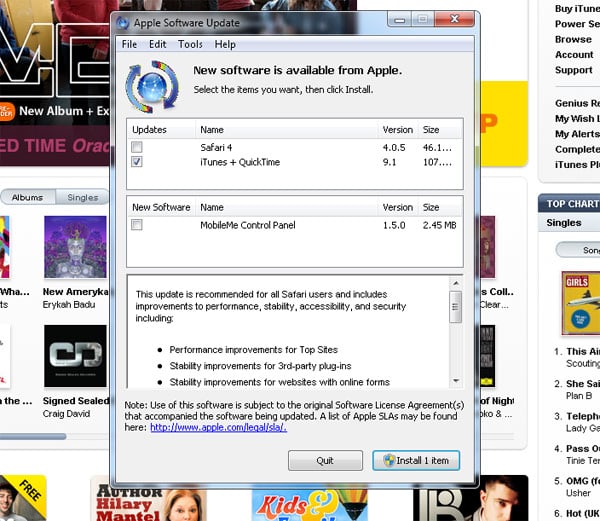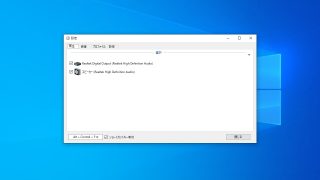
 jasontaylordev/CleanArchitecture - Clean Architecture Solution Template for ASP.NET Core. ardalis/CleanArchitecture - Clean Architecture Solution Template: A starting point for Clean Architecture with ASP.NET Core. Runs on Windows, Linux, *BSD and Mac OS X. OpenRA/OpenRA - Open Source real-time strategy game engine for early Westwood games such as Command & Conquer: Red Alert written in C# using SDL and OpenGL. MaterialDesignInXAML/MaterialDesignInXamlToolkit - Google's Material Design in XAML & WPF, for C# & VB.Net. NET compiler provides C# and Visual Basic languages with rich code analysis APIs. NET core libraries, tools, frameworks and software thangchung/awesome-dotnet-core - 🐝 A collection of awesome. AvaloniaUI/Avalonia - Develop Desktop, Embedded, Mobile and WebAssembly apps with C# and XAML. mxgmn/WaveFunctionCollapse - Bitmap & tilemap generation from a single example with the help of ideas from quantum mechanics. CodeHubApp/CodeHub - CodeHub is an iOS application written using Xamarin. Supports Visual Studio, VS for Mac and CLI based environments with Docker CLI, dotnet CLI, VS Code or any other code editor. NET 7, Docker Containers and Azure Kubernetes Services. NET sample microservices and container based application that runs on Linux Windows and macOS. dotnet-architecture/eShopOnContainers - Cross-platform. Ryujinx/Ryujinx - Experimental Nintendo Switch Emulator written in C#. shadowsocks/shadowsocks-windows - A C# port of shadowsocks.
jasontaylordev/CleanArchitecture - Clean Architecture Solution Template for ASP.NET Core. ardalis/CleanArchitecture - Clean Architecture Solution Template: A starting point for Clean Architecture with ASP.NET Core. Runs on Windows, Linux, *BSD and Mac OS X. OpenRA/OpenRA - Open Source real-time strategy game engine for early Westwood games such as Command & Conquer: Red Alert written in C# using SDL and OpenGL. MaterialDesignInXAML/MaterialDesignInXamlToolkit - Google's Material Design in XAML & WPF, for C# & VB.Net. NET compiler provides C# and Visual Basic languages with rich code analysis APIs. NET core libraries, tools, frameworks and software thangchung/awesome-dotnet-core - 🐝 A collection of awesome. AvaloniaUI/Avalonia - Develop Desktop, Embedded, Mobile and WebAssembly apps with C# and XAML. mxgmn/WaveFunctionCollapse - Bitmap & tilemap generation from a single example with the help of ideas from quantum mechanics. CodeHubApp/CodeHub - CodeHub is an iOS application written using Xamarin. Supports Visual Studio, VS for Mac and CLI based environments with Docker CLI, dotnet CLI, VS Code or any other code editor. NET 7, Docker Containers and Azure Kubernetes Services. NET sample microservices and container based application that runs on Linux Windows and macOS. dotnet-architecture/eShopOnContainers - Cross-platform. Ryujinx/Ryujinx - Experimental Nintendo Switch Emulator written in C#. shadowsocks/shadowsocks-windows - A C# port of shadowsocks. 
You can now quit Terminal and eject the volume.A curated list of awesome C-Sharp frameworks, libraries and software. When Terminal says that it's done, the volume will have the same name as the installer you downloaded, such as Install macOS Ventura.

After the volume is erased, you may see an alert that Terminal would like to access files on a removable volume.Terminal shows the progress as the volume is erased. When prompted, type Y to confirm that you want to erase the volume, then press Return.Terminal doesn't show any characters as you type. When prompted, type your administrator password.If the volume has a different name, replace MyVolume in the command with the name of your volume. Each command assumes that the installer is in your Applications folder, and MyVolume is the name of the USB flash drive or other volume you're using. Type or paste one of the commands below into Terminal, then press Return to enter the command.Open Terminal, which is in the Utilities folder of your Applications folder.Plug in the USB flash drive or other volume that you're using for the bootable installer.







 0 kommentar(er)
0 kommentar(er)
